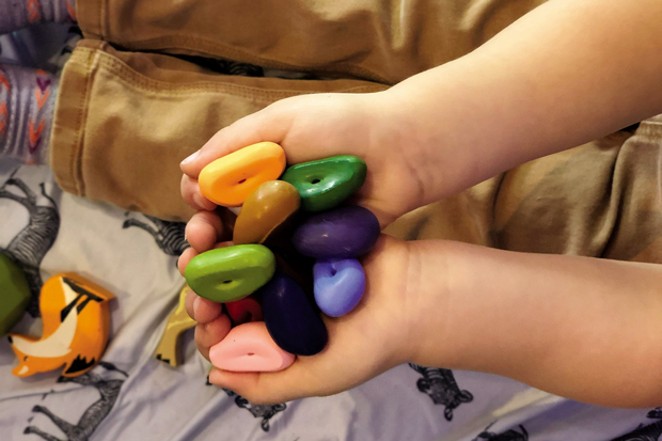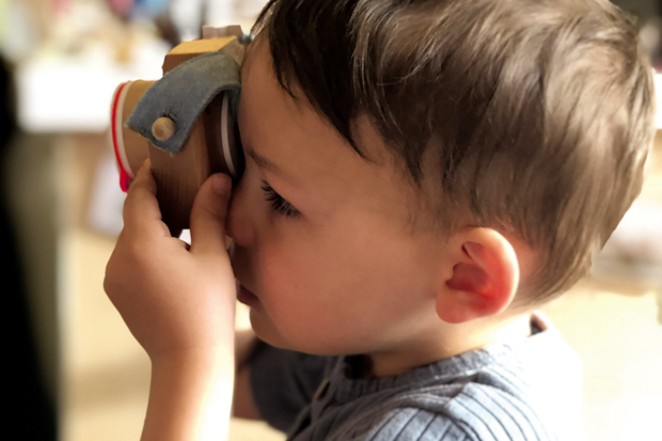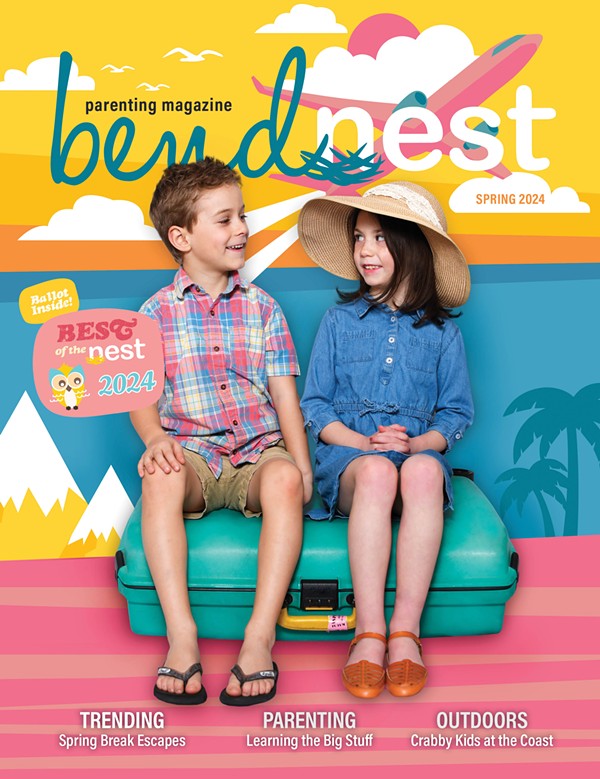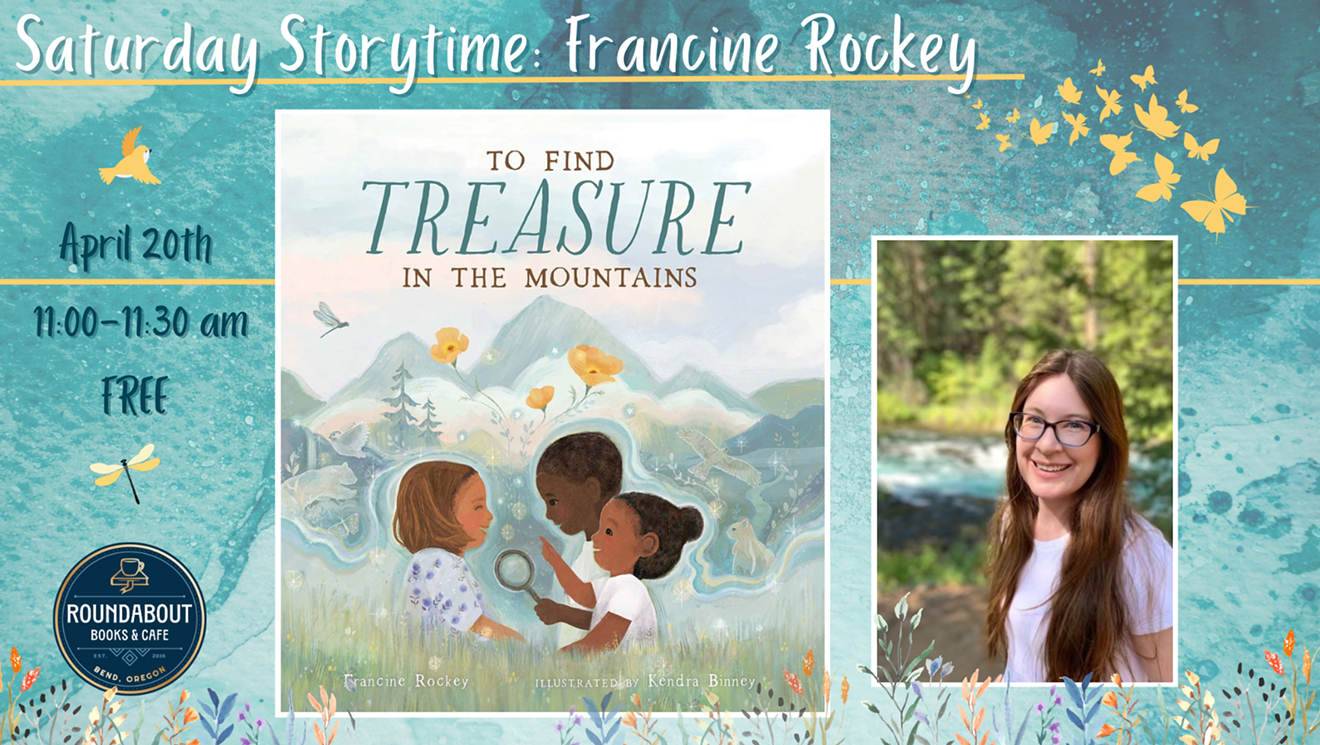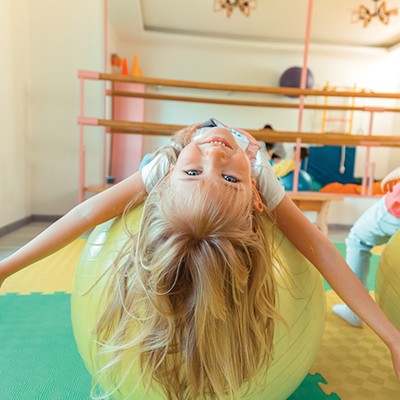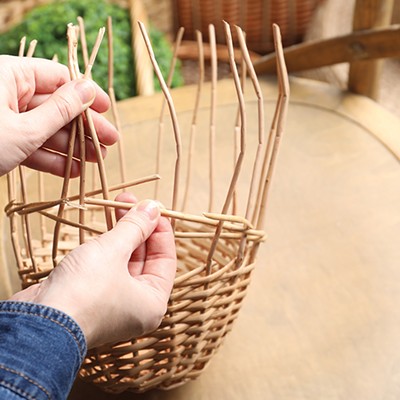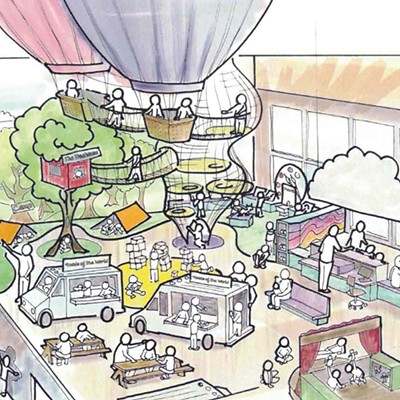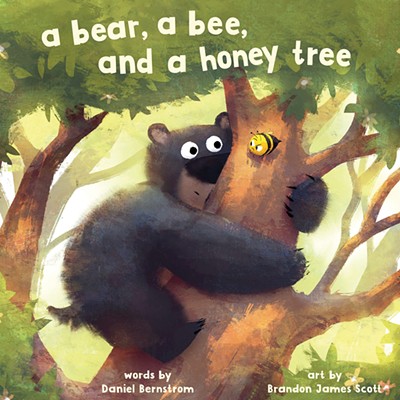Organic, all-natural, eco-friendly children's products and toys are all the rage these days, with many parents seeking healthier options for their youngsters that are also better for the environment. In a place like Central Oregon, where the wild beauty of nature meets a spirit of local artisanship, this trend is particularly on point.
Natural toys are nothing new, of course. Cultures around the world have been crafting simple playthings for children out of wood, cloth, and straw since the beginning of play.
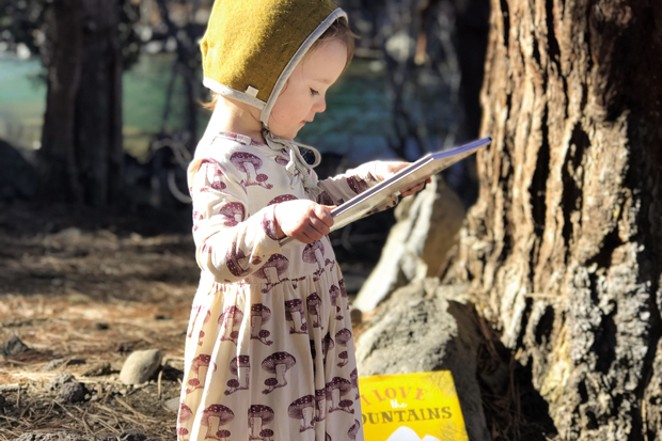
Today, in reaction to the glitz and glam—and visible media branding—of many modern toy offerings, natural and handmade toys have seen a reemergence in consumer demand stemming from social trends towards simplicity and old-fashioned wholesomeness.
Are They Really Worth the Marked-Up Price Tag?
When we think of eco-friendly, natural toys, we often think of materials from nature: plain wood polished with non-toxic, water-based finishes, organic cloth fibers made of wool, bamboo, silk, and cotton, hand-knitted baby hats and socks, naturally harvested tree rubber for infant teethers and bath toys and muted pastel toys colored with vegetable dyes instead of bright, synthetic paint. The look is simple, yet sophisticated, and definitely insta worthy.Local small business owner Keri Travis, who recently opened Wild Child, a children's natural toy shop in the Old Mill District, has traveled the world in search of the most beautiful natural toys and gifts for children. She believes in the value of natural products and has banked her business model on locals feeling the same way.
"I believe that when it comes to toys, you should choose best, not more," says Travis. "The best toys are made with natural materials, fine craftsmanship, and are open-ended. They should inspire creativity and open the doors to wonder. They are also very beautiful, strong, and feel good to the touch."
Interestingly, according to Consumer Reports, there is no true government-regulated certification for these types of toys, as legally speaking, the word "natural" only applies to meat and poultry products. Furthermore, fabric toys labeled "100% organic" refer exclusively to how the fiber was grown per the USDA's organic standards, not to how the fibers were later processed.
Third-party Certifiers Step In
Nonetheless, some toy manufacturers understand the demands of critical consumers and have enlisted third party certifiers to help assure customers that their green products truly are natural and eco-friendly. While these certifications may increase the cost of an item, many eco-conscious buyers appreciate the extra information about where and how their product is sourced and produced.Oeko-Tex-certified textiles, for example, promises "every component of this article has been tested for harmful substances and that the article, i.e. every thread, button and other accessories, therefore, is harmless for human health," according to their website.
Similarly, the Forest Stewardship Council and the Programme for the Endorsement of Forest Certification are two of the most well-recognized non-profit organizations that promote sustainable forest management through independent third-party certifications. They promise that their certified woods were grown according to strict standards of environmental, social, and economic criteria, such as the replanting of felled trees.
Numerous manufacturers offer these various certifications for their children's clothing items and wooden toys. Meanwhile, other companies are focused on using recyclable materials or producing exclusively American-made products, instead of relying on questionable overseas manufacturing.
Commitment to Local
"We strive to find companies that make their toys in the USA—like Spooner Boards, Crazy Aarons and Green Toys. We are always on the lookout for toys that are made of recycled materials and are striving to be kind to the planet," says Suzy Reininger, owner of local Bend toy store, Leapin' Lizards."Although plastic in nature, Green Toys items are made in the USA and made from 100% recycled milk jugs. Haba's wooden toys are made using PEFC certified beech and/or maple wood. Wild Republic's Ecokin line makes plush animals where the fill is made of 100% recycled water bottles. And Crocodile Creek puzzles are made of 100% recycled post-consumer content and printed with soy-based inks and water-based coatings," says Reininger.
Still other consumers love to shop hyper local, supporting artists in their community who handcraft children's items. Wild Child, for example, carries upcycled wool and cashmere hats made by Travis and her teenage daughter, while Leapin' Lizards offers a line of "Build Your Own" toy kits for wands, crossbows, and fairy crowns from local artist Jill Hodgson.
Aesthetics Rule
Beyond health, environmental, and manufacturing concerns, many consumers just simply appreciate the aesthetic look or pedagogical value of natural toys and clothing. They tend to shun loud, beeping electronic toys, bright, polyester textiles, and in-your-face media branding in favor of simple wooden rainbow stackers, 100% cotton onesies, and other similar children's products."Keeping a child's world as beautiful and aesthetically pleasing as possible is important to me," Travis says. "We are giving our children their first view of the world and we want something that is worthy of appreciation. From soft bamboo and organic cotton clothing, to their first teething toys, I feel like the warmth of natural materials truly matters. Children are inheriting the earth, and us making sustainable choices for them at the beginning of their lives is profound."
In a place like Central Oregon, where going green is a way of life, these natural toys are here to stay—until they naturally biodegrade one day, of course.

